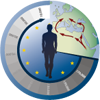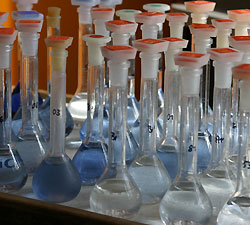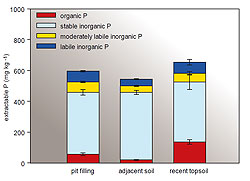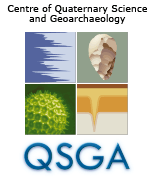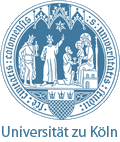The working schedule of the last half year has focused on sequential phosphorus analyses of archaeological off-site features, subsequent data analysis, and statistical interpretation.
The working schedule of the last half year has focused on sequential phosphorus analyses of archaeological off-site features, subsequent data analysis, and statistical interpretation. Results will be included in a publication about the phosphorus (P) status of archaeological top soil relicts in fertile loess landscapes which seeks to clarify whether a depletion of available nutrients either contributed to prehistoric field abandonment or to adaptation through fertilization. Summarizing, prehistoric topsoils in both investigation regions (the Lower Rhine Basin and the Querfurter Platte) showed an increase of extractable P, organic carbon, and total nitrogen compared to the respective adjacent soil. On average, the pit fillings have an extractable P content that amounted to 90% of the P content of the modern, fertilized topsoil showing no indications of nutrient limitations in early land management (Neolithic and Bronze Age). All P fractions except the stable inorganic P fraction were enriched in the pit fillings (see graphic).
Additionally, amino acid analyses have been initiated. Further work has been undertaken to determine the stable isotope signal of nitrogen (δ15N). This will help to identify nitrogen from N fixing plants which may have been cultivated on prehistoric arable fields for the purpose of fertilization.
